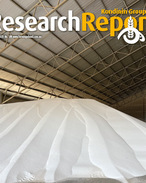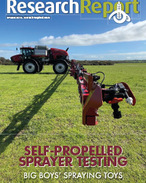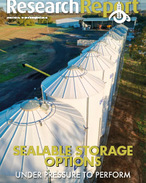Before deciding who will be responsible for carrying out the project, you will need to determine who holds the ‘legal right' to do so and, for carbon sequestration projects, who holds the ‘carbon sequestration right' (see Appendix C for further information). It may be that these rights need to be transferred to the person who wishes to carry out the project.
Whether you have the legal right to carry out a project is not established under the legislation. Rather, it will be determined by reference to separate legal rights or arrangements established under legislation, common law or contract. This will most commonly involve establishing who has a legal interest in the land on which the project will be carried out and the nature of that interest. However, in some circumstances, the legal right to carry out a project can be established through contractual arrangements under which the owner of land transfers the right to carry out the project to another party.
Whether you have the carbon sequestration right is generally determined by your interest in the land on which the project will be carried out. Usually, on privately owned land, the carbon sequestration right is held by the landowner, unless a separate carbon sequestration right has been sold or transferred to someone else and registered on title under state law. If a separate carbon sequestration right has been created and registered under state law, someone other than the landowner may hold the carbon sequestration right.
Explore the full Workshop Manual: The business case for carbon farming: improving your farm’s sustainability (January 2021)
Read the report
RESEARCH REPORTS
1. Introduction: background to the business case
This chapter lays out the basic background and groundwork of the manual
RESEARCH REPORTS
1.2 Being clear about the reasons for participating
Introduction: background to the business case
RESEARCH REPORTS
1.4 Working through the business case for carbon farming
Introduction: background to the business case
RESEARCH REPORTS
1.5 Factors determining project economics
Introduction: background to the business case
RESEARCH REPORTS
1.8 Important features of the business case
Introduction: background to the business case
RESEARCH REPORTS
2. How carbon is farmed under the ERF
This chapter considers in detail the activities that constitute carbon farming
RESEARCH REPORTS
2.5 Carbon farming under the Emissions Reduction Fund
How carbon is farmed under the ERF
RESEARCH REPORTS
3. The policy context and the price of ACCUs
This chapter takes a broad look at the policy context for carbon farming























